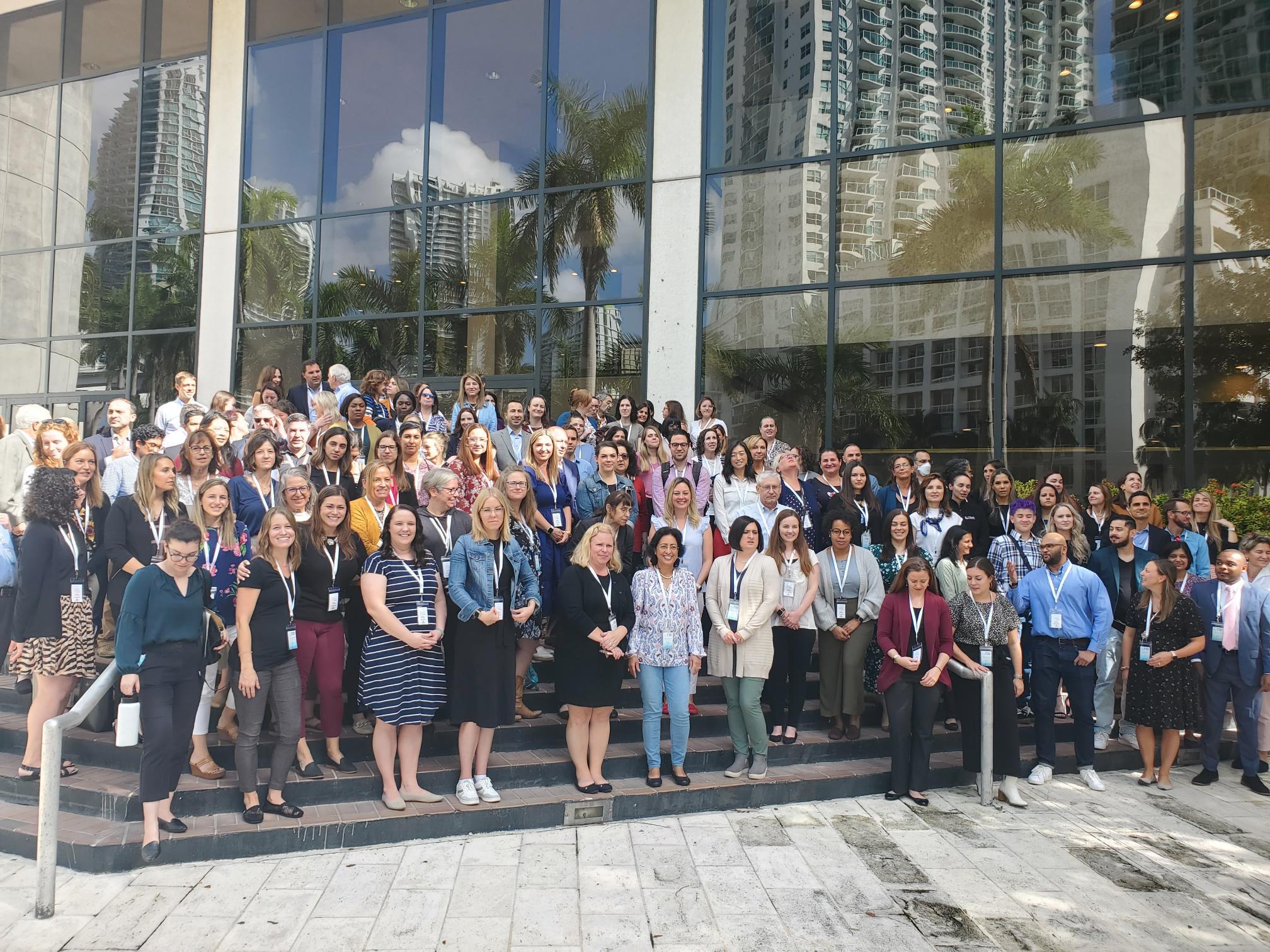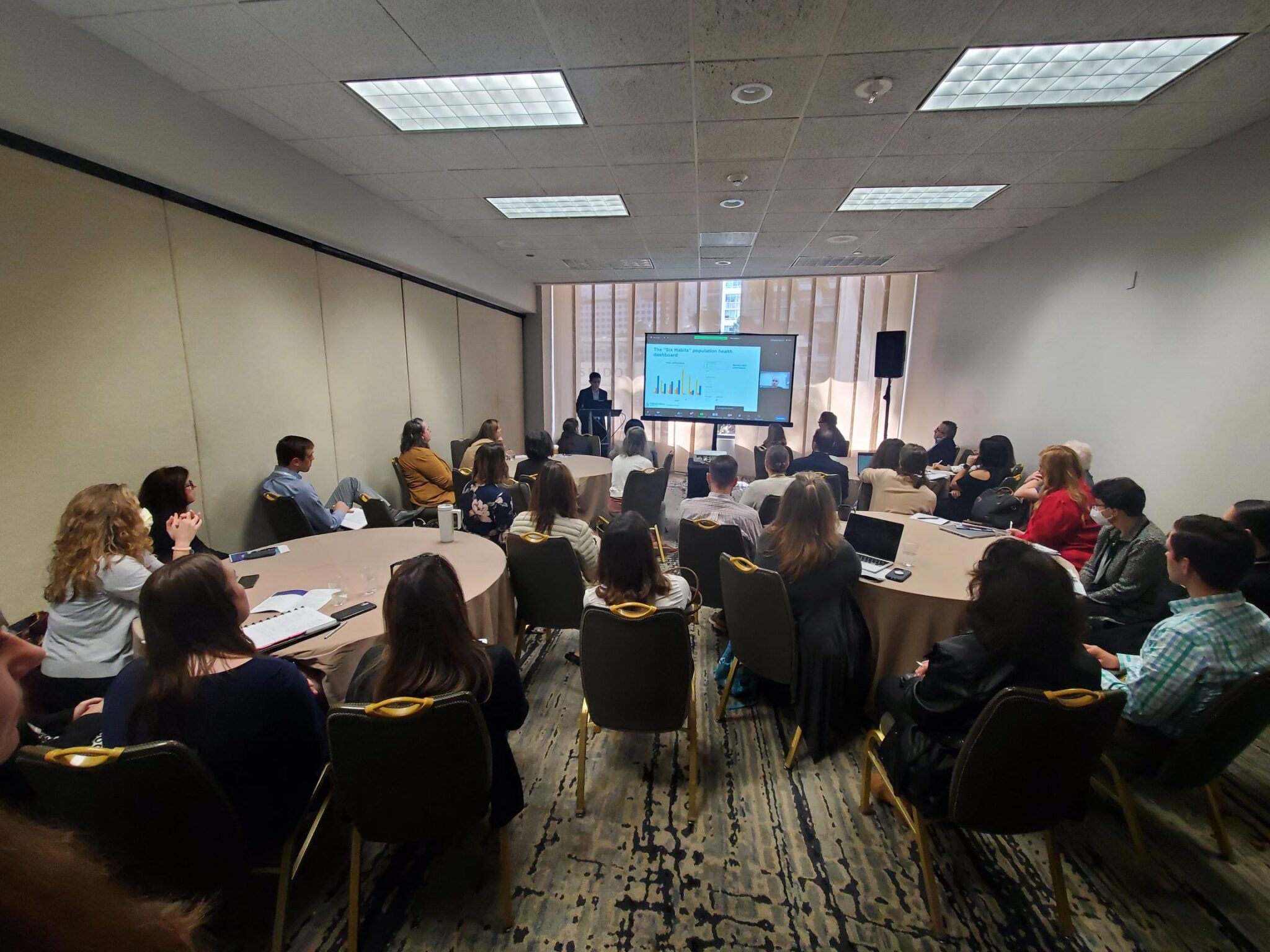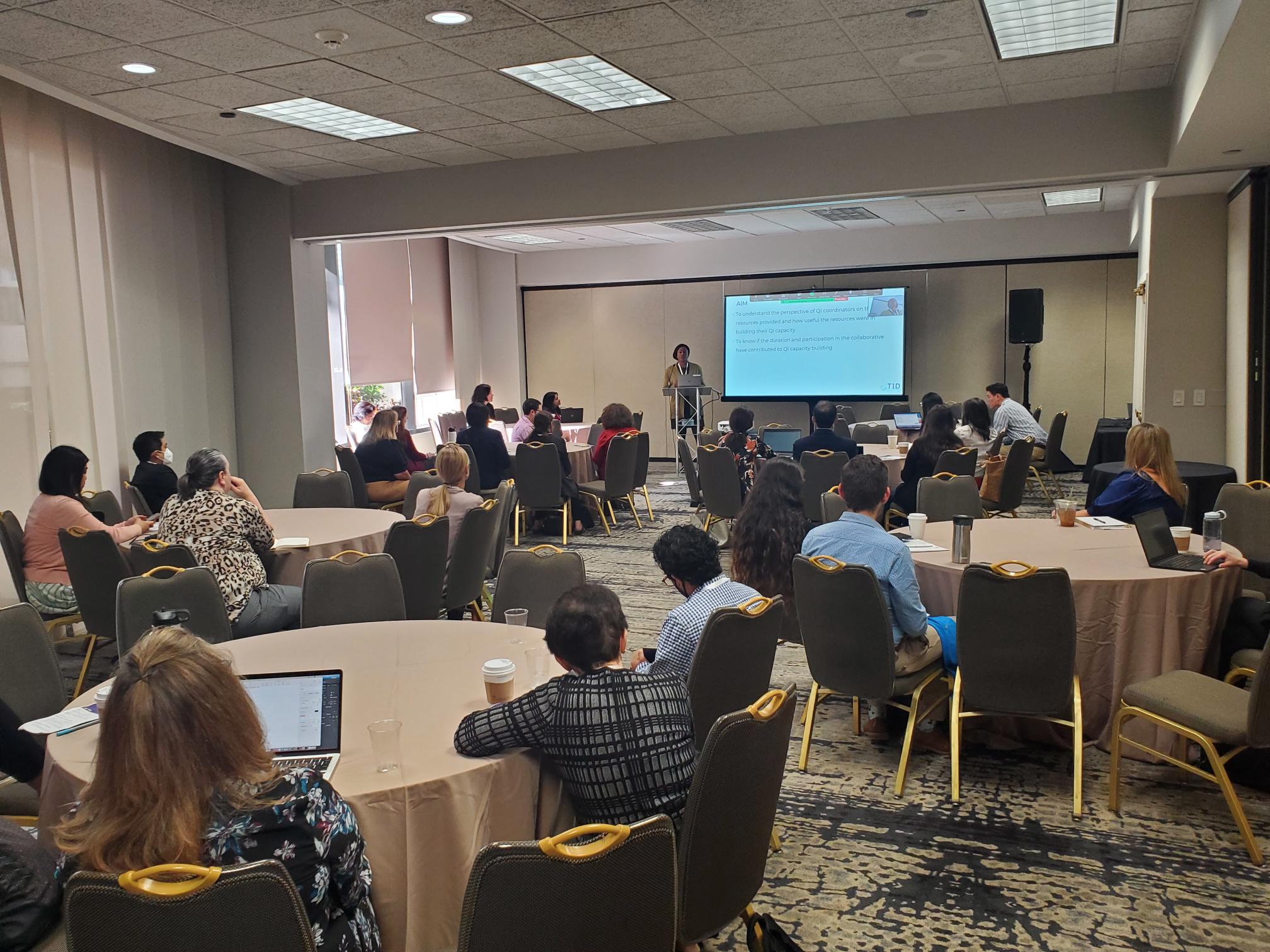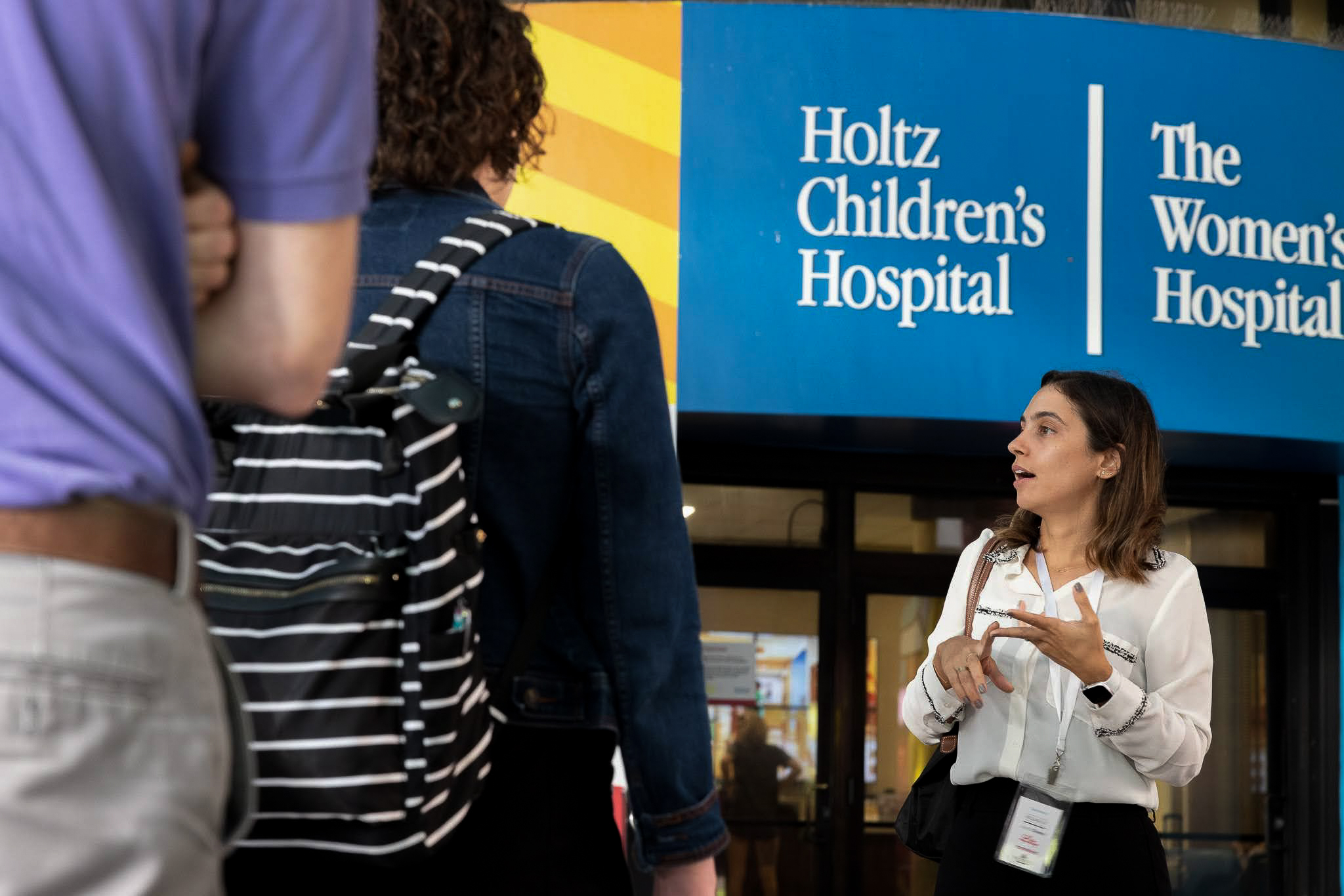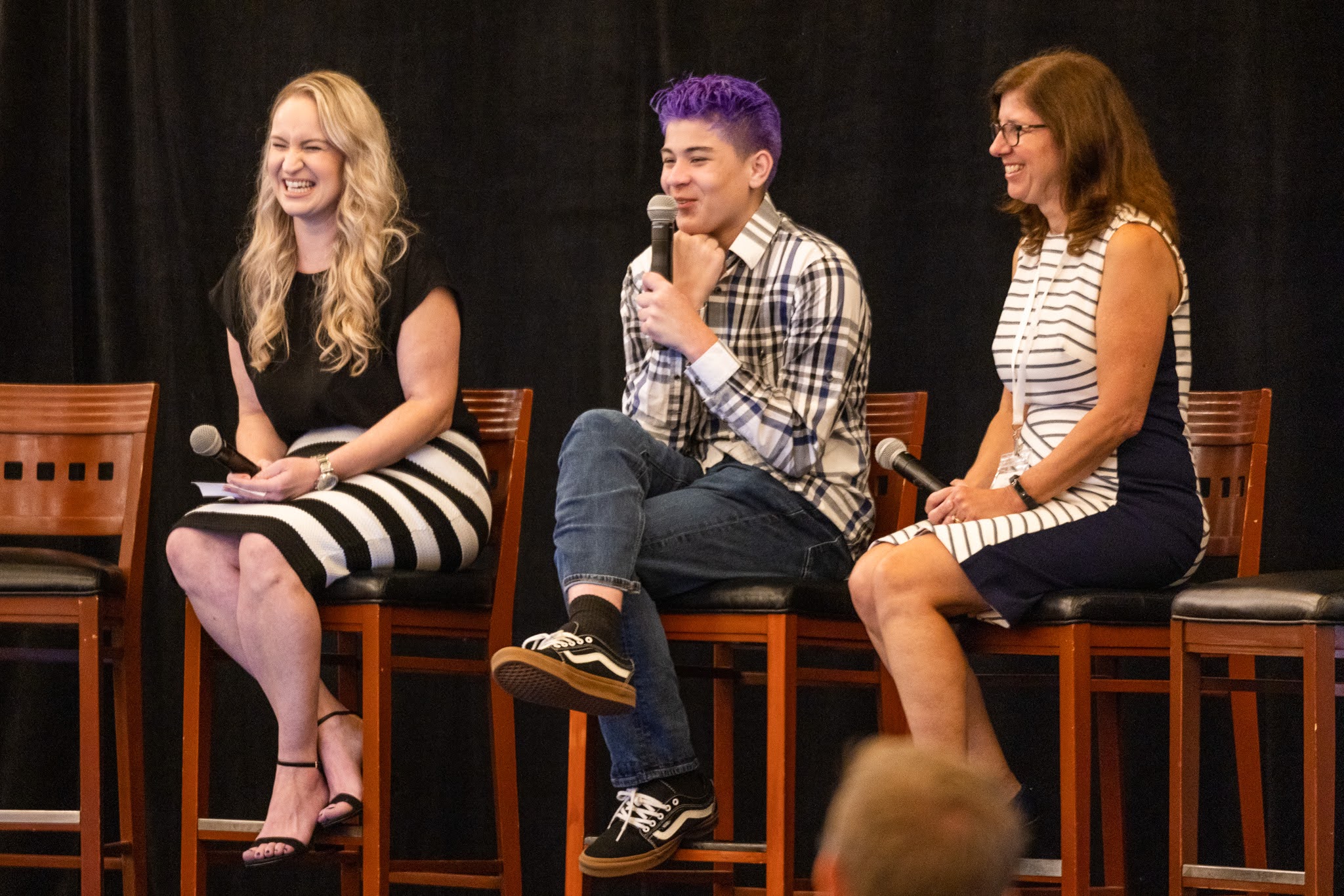Learning Sessions

Medical and scientific literature references 17 years as the average length of time that it takes research to be implemented into clinical practice. At the same time, health outcomes for people living with type 1 and type 2 diabetes remain sub-optimal, with most people living with this chronic disease with A1c values above the ADA Standard of Care recommendation of <7% and spending less than 55% Time In Range. Translational interventions, such as implementation science and quality improvement work to identify opportunities for change in practice that can be spread across care teams in the real-world clinical settings.
The T1D Exchange QI Collaborative (T1DX-QI) has over 54 clinics participating in type 1 diabetes interventions and five clinics, participating in type 2 diabetes interventions, caring for over 120,000 people with diabetes (PWD.) T1DX-QI’s learning health system network standardizes processes and structures to reduce variation, achieve predictable results, and improve outcomes for patients with diabetes. The iterative process of continuously improving practice care means that the interventions can cut the lag time from research’s 17 years to quality improvement’s one to three years.
The Collaborative’s use of implementation science and quality improvement evidence-based practices means that we can disseminate learning, spread and replicate best practices, benchmark data at the baseline of new interventions and throughout project timelines to track outcomes against the standards we are setting together. Through our publications, we disseminate our knowledge more broadly so that industry, pharma, academia, and research stakeholders can learn from the Collaborative.
Clinical teams attend a two-day T1DX-QI conference, known as a “Learning Sessions,” where they learn improvement techniques from experts and share their experiences implementing new practices with one another. November 14-15, 2023 marks the seventh year of collaborative learning across the largest type 1 diabetes learning health network in the United States.


